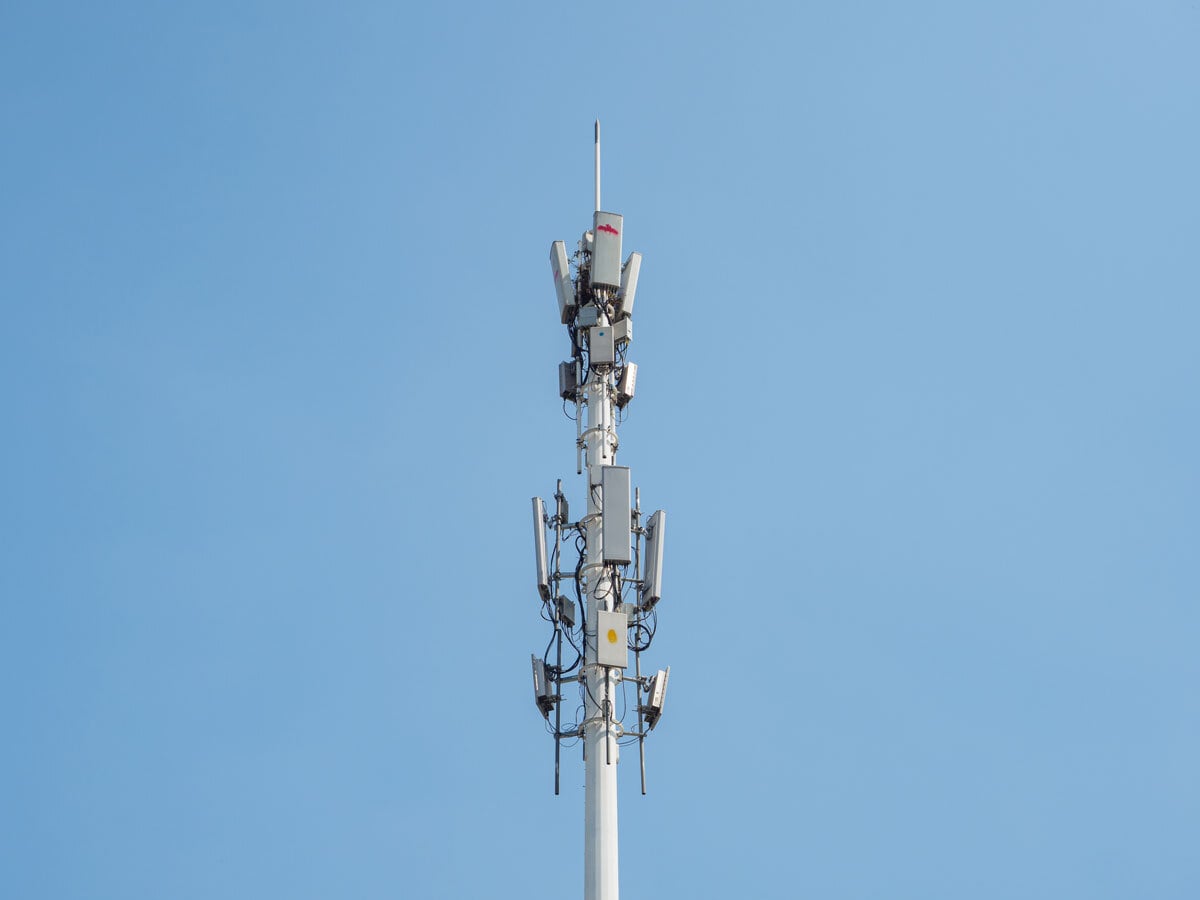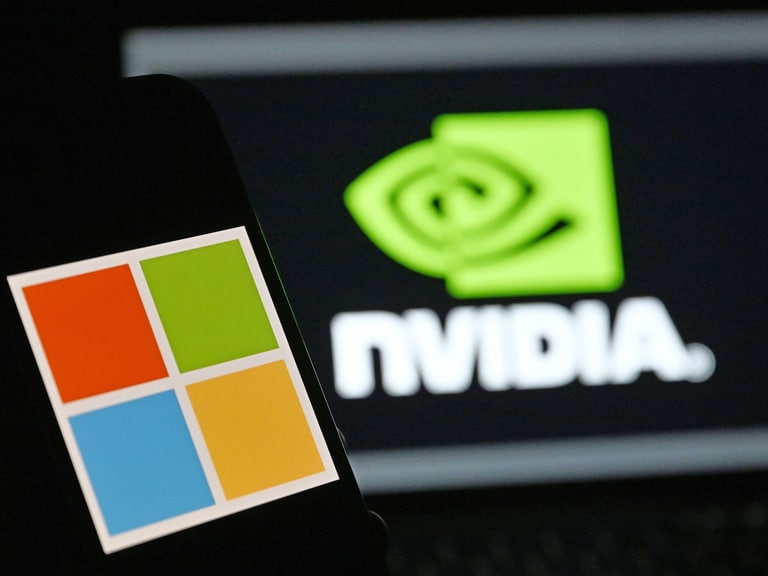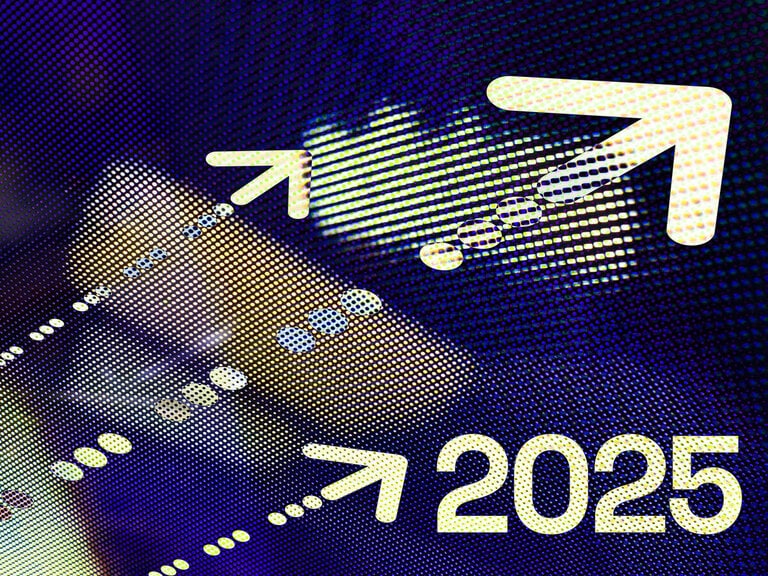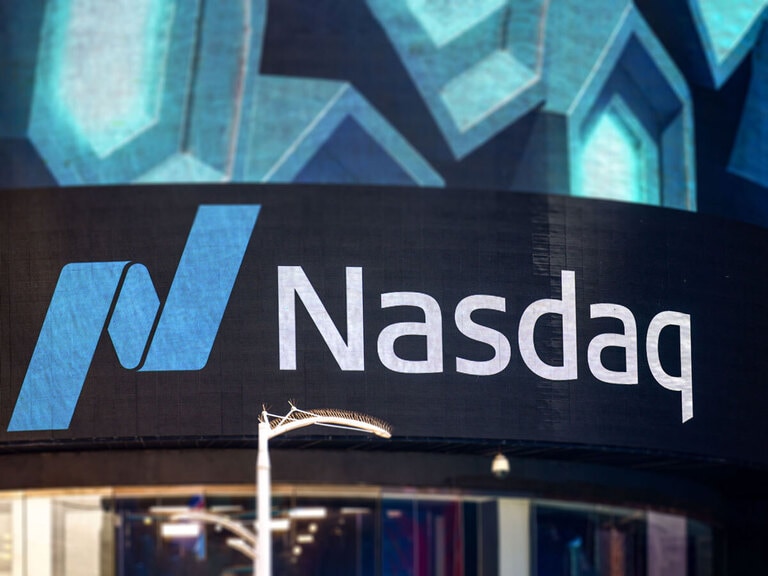5G has the potential to effect major changes in the way we live and work, yet its rollout across Europe hasn’t exactly been smooth. On top of this, some consumers still need to be convinced of its benefits.
- Vodafone and Ericsson successfully trialled smartphone cloud gaming on a 5G network slice last month.
- Consumers in Europe would be happy to a pay a premium for 5G if it meant higher-quality video content.
- How to invest in 5G: the Defiance 5G Next Gen Connectivity ETF is up 6% in the past year.
The fifth generation of wireless cellular technology, or 5G for short, promises to offer users higher upload and download speeds, and provide them with more consistent internet connections. It could also open up new opportunities for various industries.
However, despite high hopes for 5G, rollout has been slow. Analysis published in August by STL Partners shows there were just seven 5G standalone (5G SA) deployments — these included Vodafone [VOD.L] in the UK and Orange [ORA.PA] in Europe — in the first half of the year, compared with 21 launches in the whole of 2022.
There are another 30 5G SA launches pencilled in for 2023, but “it is legitimate to ask” whether they will in fact “trickle in over the next few years or even not happen at all”, according to the authors of the STL Partners research.
On top of this, the network slicing market is stalling as well. Network slicing is a new capability made possible through 5G SA that enables multiple users to share the same network domain without network congestion, thus improving connectivity performance and quality.
According to market intelligence firm ABI Research, the network slicing market slowed in the first half of the year, but is still due to grow to $19.5bn by 2028.
The Telecoms Giants Leading 5G Developments
Despite the apparent slowdown, there are plenty of interesting developments in the 5G industry.
Vodafone and Ericsson [ERIC-B.ST] announced at the end of last month that they had successfully trialled smartphone cloud gaming on a 5G network slice. Around 88% of gamers involved in the trial ranked their gaming experience as an eight out of 10, compared to 13% on standard cloud gaming protocols.
“This is the value of network slicing — a more personalised connectivity service to make digital more in-tune with each customer,” said Andrea Dona, Vodafone UK’s Chief Network Officer.
Ericsson also launched Denmark’s first 5G SA network last month. The telecoms giant hopes to be able to offer consumers, businesses and industries a range of opportunities in autonomous cars, healthcare, remote work and mission-critical operations by government authorities.
Swedish telecoms provider Telia [TELIA.ST] has recently demonstrated that 5G network slicing can be used to create a separate private network for Norway’s armed forces. The hope is that separating traffic will ensure “secure and seamless communication in both peacetime and crisis situations”.
“This makes it possible to take advantage of the commercial mobile networks in an efficient manner, while at the same time ensuring a very high level of security,” said Henning Huuse, 5G Business Development Manager at Telia Norway.
Collaboration Should Lead to Higher Network Performance
As 5G use cases continue to grow, and more demand is placed on networks, telecommunications providers will likely have to collaborate.
At the end of last month, BT [BT-A.L] and Nokia [NOK] aggregated their carrier components in a 5G SA network spectrum in the UK. Aggregation is set to become a critical technique for enhancing reliability and delivering high performance, as demand and data usage rise.
“Carrier aggregation will be key to delivering the very best 5G experience to our customers,” said Greg McCall, BT Chief Networks Officer.
Consumers Hesitant to Switch from 4G
Convincing users of the importance of 5G is another challenge. A study of 10,850 mobile customers across Europe carried out by consultancy Bearing Point in the first month of the year found that the public is generally unconvinced by what 5G offers. Only 52% of the respondents in the UK claimed to see a “discernible improvement” in performance since making the switch from 4G to 5G.
“With massive investments in networks across Europe, this seems to be rather a matter of perception than actual quality,” said John Ward, Director at Bearing Point.
The study found that four in 10 users across the eight European countries polled would be happy to pay a premium to use 5G to consume higher-quality video content. However, telecom operators will need to do more to educate their customers on the benefits of 5G.
Consumers Will Eventually See the Benefits
While it may be a few years before telecoms operators can convince consumers to make the switch from 4G, demand will inevitably grow, “with the understanding that people will benefit from wireless, untethered, immersive experiences that enable them to watch movies and live sports programmes, play games, shop online and work remotely with convenience, freedom and efficiency,” researchers at Defiance ETFs pointed out in June.
Consumer and media 5G applications comprise a $254bn opportunity, according to Defiance. But it could be argued that 5G’s greatest impact will be on enhancing business productivity, manufacturing, healthcare, transportation and even financial services.
How to Invest in 5G
ETFs, or exchange-traded funds, offer an economical and diversified way to invest in a variety of stocks within a particular theme.
Funds in Focus: the Defiance 5G Next Gen Connectivity ETF
The Defiance 5G Next Gen Connectivity ETF [FIVG] is the first and only fund focused purely on the 5G theme. As of 30 June, radio access network technology is the sector with the biggest exposure, accounting for 32.9% of the portfolio. 5G-enabled device chips have an 8.6% weighting. The fund is up 6% in the past year and up 4.2% in the past six months.
The SPDR S&P Telecom ETF [XTL] is an alternative fund providing exposure to telecoms. As of 1 September, communications equipment accounts for 55.0% of the portfolio, with alternative carriers allocated 17.1%. Wireless and integrated telecommunication services have weightings of 14.3% and 13.7% respectively. The fund is down 6.5% in the past year and down 4.1% in the past six months.
The iShares Future Cloud 5G and Tech ETF [IDAT] is another option. Information technology accounts for 86.7% of the portfolio. Real estate and financials have weightings of 5.1% and 4.0% respectively, while materials and communication have been allocated 2.5% and 1.6% respectively. The fund is up 18.7% in the past year and up 6.6% in the past six months.
Disclaimer Past performance is not a reliable indicator of future results.
CMC Markets is an execution-only service provider. The material (whether or not it states any opinions) is for general information purposes only, and does not take into account your personal circumstances or objectives. Nothing in this material is (or should be considered to be) financial, investment or other advice on which reliance should be placed. No opinion given in the material constitutes a recommendation by CMC Markets or the author that any particular investment, security, transaction or investment strategy is suitable for any specific person.
The material has not been prepared in accordance with legal requirements designed to promote the independence of investment research. Although we are not specifically prevented from dealing before providing this material, we do not seek to take advantage of the material prior to its dissemination.
CMC Markets does not endorse or offer opinion on the trading strategies used by the author. Their trading strategies do not guarantee any return and CMC Markets shall not be held responsible for any loss that you may incur, either directly or indirectly, arising from any investment based on any information contained herein.
*Tax treatment depends on individual circumstances and can change or may differ in a jurisdiction other than the UK.
Continue reading for FREE
- Includes free newsletter updates, unsubscribe anytime. Privacy policy






